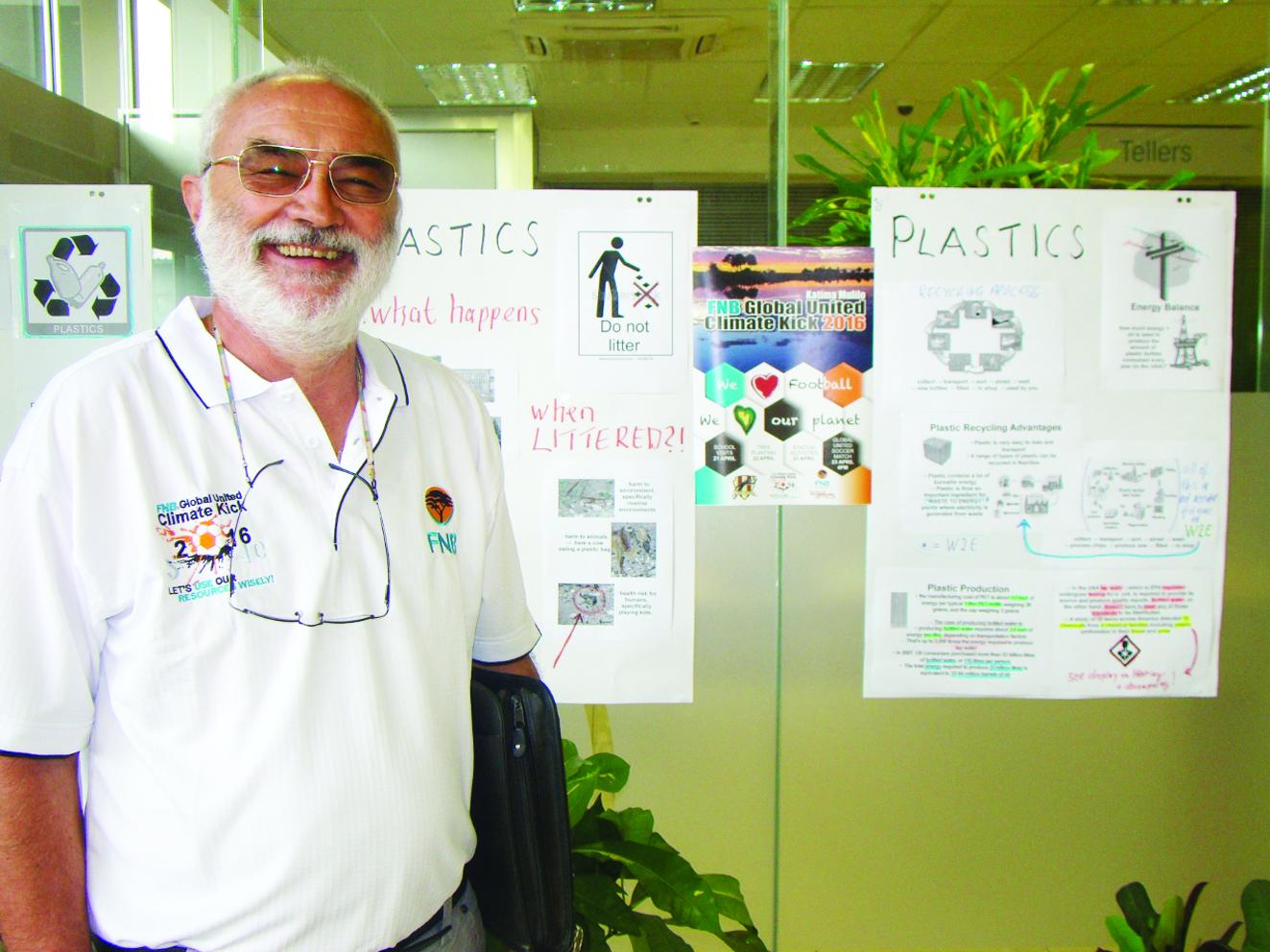
A third of big groundwater basins in distress

A cross-sectional view of the Ohangwena aquifer
The claim is being backed by new studies led by the University of California, Irvine (UCI), using data from NASA’s Gravity Recovery and Climate Experiment (GRACE) satellites.
“Available physical and chemical measurements are simply insufficient,” said University of California professor and principal investigator Jay Famiglietti, who is also the senior water scientist at National Aeronautical and Space Administration’s Jet Propulsion Laboratory in Pasadena, California.
“Given how quickly we are consuming the world’s groundwater reserves, we need a coordinated global effort to determine how much is left.”
The studies are the first to comprehensively characterize global groundwater losses with data from space, using readings generated by National Aeronautical and Space Administration’s twin Gravity Recovery and Climate Experiment satellites.
Gravity Recovery and Climate Experiment measures dips and bumps in Earth’s gravity, which are affected by the mass of water.
In the first paper, researchers found that 13 of the planet’s 37 largest aquifers studied between 2003 and 2013 were being depleted while receiving little to no recharge.
The most overburdened aquifers are in the world’s driest areas, where populations draw heavily on underground water.
Climate change and population growth are expected to intensify the problem.
“What happens when a highly stressed aquifer is located in a region with socioeconomic or political tensions that can’t supplement declining water supplies fast enough?” asked Alexandra Richey, the lead author on both studies, who conducted the research as a University of California doctoral student.
“We’re trying to raise red flags now to pinpoint where active management today could protect future lives and livelihoods.”
“We don’t actually know how much is stored in each of these aquifers. Estimates of remaining storage might vary from decades to millennia,” said Richey.
“In a water-scarce society, we can no longer tolerate this level of uncertainty, especially since groundwater is disappearing so rapidly.”
The study notes that the dearth of groundwater is already leading to significant ecological damage, including depleted rivers, declining water quality and subsiding land.
“We don’t actually know how much is stored in each of these aquifers. Estimates of remaining storage might vary from decades to millennia,” said Richey.
“In a water-scarce society, we can no longer tolerate this level of uncertainty, especially since groundwater is disappearing so rapidly,” he added.














































